Description
What is an Omni Dipole 3G 4G LTE Wifi Router Antenna?
The Omni Dipole 3G 4G LTE Wifi Router Antenna rubber ducky antenna (or rubber duck aerial) is an electrically short monopole antenna that functions somewhat like a base-loaded whip antenna manufactured by C&T RF Antennas Inc.
It consists of a springy wire in the shape of a narrow helix, sealed in a rubber or plastic jacket to protect the antenna.
Omni Dipole 3G 4G LTE Wifi Router Antenna Item Model: CTRF-ANTENNA-AP-7027-13156-SMA
The C&T RF Antennas Inc’s Rubber duck antennas can be connected directly to the wireless device or alternately attached to a magnetic base, which can be mounted vertically or horizontally on any metal surface.
The base is then connected to the device with an extension cable.
Rubber ducky antenna Omni Dipole 3G 4G LTE Wifi Router Antenna is a form of a normal-mode helical antenna made by C&T RF Antennas Inc.
This is an Omni Dipole 3G 4G LTE Wifi Router Antenna with SMA Male standard connector antenna for IoT M2M industries.
C&T RF Antennas Inc provides internal & external antennas with antenna radio frequencies such as NFC, 169MHz, 230MHz, 315MHz, 433MHz, 868MHz, 915MHz, VHF&UHF, Lora, NB-IoT, ADS-B, GSM, GNSS, GPRS, 1.2 GHz, 1.4 GHz, 1.8 GHz, Wi-Fi 2.4 GHz, 5.8 GHz, Cellular 2G, 3G, 3.5 GHz, 4G LTE, GPS, 5G NR, 6G, etc.
C&T RF Antennas Inc. provides RF antennae with Omni & Directional antenna types such as Dipole Antennas, Whip Antennas, Marine Antennas, Router Antennas, MIMO Antennas, Combo Antennas, PCB Antennas, FPC Antennas, Spring Antennas, Magnetic Antennas, Sector Antennas, Yagi Antennas, and Accessories, etc, for IoT & M2M industries.
Contact us for more details on the Omni Dipole 3G 4G LTE Wifi Router Antenna such as LTE Wifi Router Antenna datasheet, LTE Wifi Router Antenna pricing, LTE Wifi Router Antenna inventory, or other LTE Wifi Router Antenna types.
Omni Dipole 3G 4G LTE Wifi Router Antenna Specifications:
Omni Dipole 3G 4G LTE Wifi Router Antenna Electrical Specifications |
|
| RF Antenna Type | Rubber Duck Antenna |
| Model | CTRF-ANTENNA-AP-7027-13156-SMA |
| Frequency Range | 698-960MHz, 1710-2700MHz |
| Gain | 1-3dBi |
| VSWR | ≤2.5 |
| Impedance | 50 Ω |
| Polarization | Vertical |
| Directional | Omni-directional |
| Connector | SMA |
| Max Power | 20W |
| Lightning Protection | DC-Ground |
Omni Dipole 3G 4G LTE Wifi Router Antenna Mechanical Specifications |
|
| Dimension | 13*156mm |
| Weight | Approx. 12g |
| Radome Material | Plastic ABS |
| Operation Temperature | -20˚C ~ +60˚C |
| Storage Temperature | -40˚C ~ +80˚C |
| Color | Black |
| Antenna Design | Dipole Antenna |
| Mounting | Screw |
| Safety Emission and other | RoHS Compliant |
| Applications | ISM/SCADA/Utilities, IoT/M2M/NB-IoT/LoRa, 2G 3G 4G LTE/LTE-IoT, GSM GPRS UMTS, etc. |
Omni Dipole 3G 4G LTE Wifi Router Antenna Overview
The rubber duck antenna is also commonly referred to as a rubber duck antenna or a rubber duckie antenna.
The rubber ducky antenna is a vertically polarised 360-degree omnidirectional antenna. They are compact, and due to their flexibility and rubber sheathing, are also very robust. Due to its simplicity, the rubber ducky antenna is likely to be one of the cheapest and easiest to mass-produce.
This Omni Dipole 3G 4G LTE Wifi Router Antenna rubber ducky antenna is typically found on most 3G 4G Wifi 802.11 wireless network access points and routers.
While rubber ducky antennas can also be found on many portable RF appliances, this specifically relates to the rubber ducky antennas typically found on 4G and Wifi 802.11 wireless network access points and routers.
Router antenna
Gain refers to the ratio of the power density of the signal generated by the actual antenna and the ideal radiating element at the same point in space under the condition of equal input power.
It quantitatively describes the degree to which an antenna concentrates the input power and radiates it. The gain obviously has a close relationship with the antenna pattern. The narrower the main lobe of the pattern and the smaller the side lobe, the higher the gain.
The physical meaning of gain can be understood in this way. To generate a signal of a certain size at a certain distance and a certain point, if an ideal non-directional point source is used as a transmitting antenna, 100W input power is required, and the gain is G = When a directional antenna with 13 dB = 20 is used as a transmitting antenna, the input power only needs to be 100/20 = 5W.
In other words, the gain of a certain antenna, in terms of the radiation effect in its maximum radiation direction, is the multiple of the input power amplification compared with an ideal point source without directivity.
The gain of the half-wave symmetrical oscillator is G = 2.15 dBi; 4 half-wave symmetrical oscillators are arranged along the vertical line to form a vertical four-element array with a gain of approximately G = 8.15 dBi (The unit of dBi indicates that the comparison object is uniform in all directions Ideal point source of radiation).
If the half-wave symmetric oscillator is used as the comparison object, the unit of gain is dBd. The gain of the half-wave symmetric oscillator is G = 0 dBd (because it is compared with itself, the ratio is 1, and the logarithm is zero.); Vertical Quadruple array, its gain is about G = 8.15 – 2.15 = 6
The function of the router antenna
Firstly, It will be more troublesome if there are many walls in the middle. If it is not completely separated, there can be two plans.
1. Remove the original antenna on the wireless router, buy a directional antenna, and install it. Just align the central axis of the transmitting end of the directional antenna with the receiving end. It’s just that it costs more, mainly to see how much gain you need.
2. Cut the finished can into two halves longitudinally, cover the antenna of your wireless router with one half of it, and align the cut end with the receiving direction, which can also improve the receiving efficiency. Because the antennas of general wireless routers are all omnidirectional antennas, the cans are made of aluminum, and the arc formed by longitudinally splitting them into two halves can act as a reflector.
Secondly, If the wireless network card is a desktop computer, it already has an antenna, if it is a laptop, it cannot be installed.
Thirdly, Antennas are most directly connected to the router, no side wiring is required.
Only the network cable connecting the router cannot exceed 200 meters. At the same time, you also need to consider how to prevent rain, theft, and power supply outdoors. If it must be connected, the interface quality must be good, and a high-frequency dedicated cable must be used. It is best not to exceed 2 meters.
Omni Dipole 3G 4G LTE Wifi Antenna Router Antenna Video
Omni Dipole 3G 4G LTE Wifi Antenna Router Antenna Omnidirectional Rubber Ducky Antenna Features

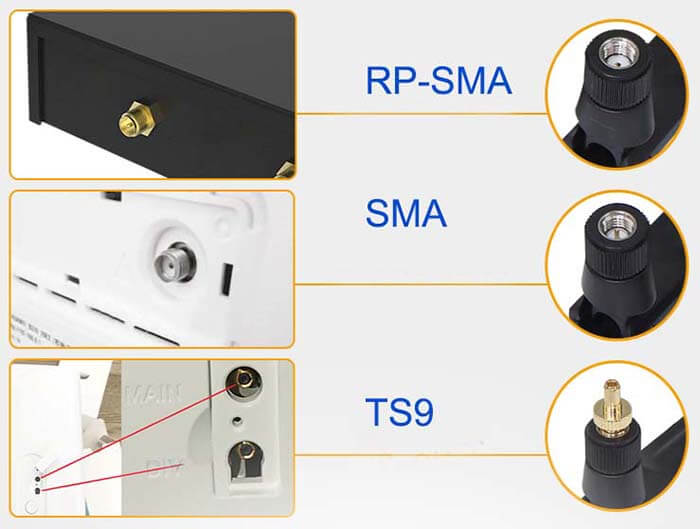
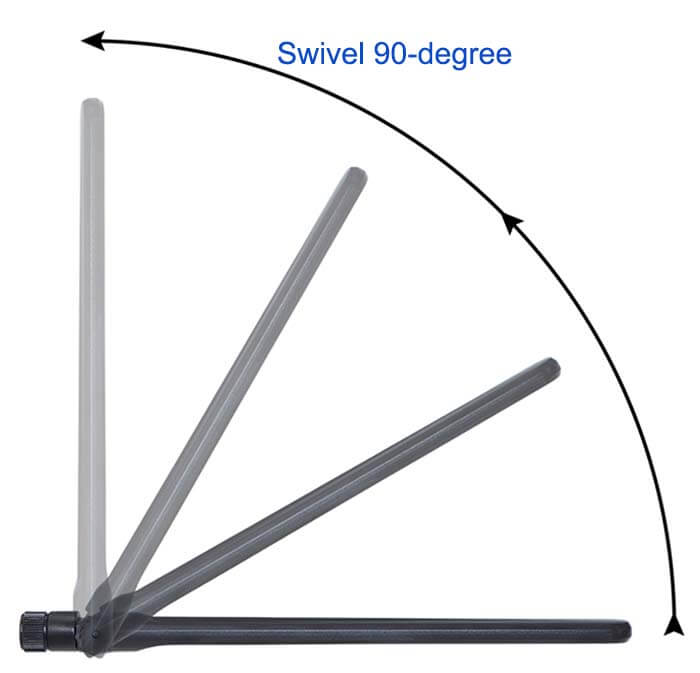
Antenna Applications
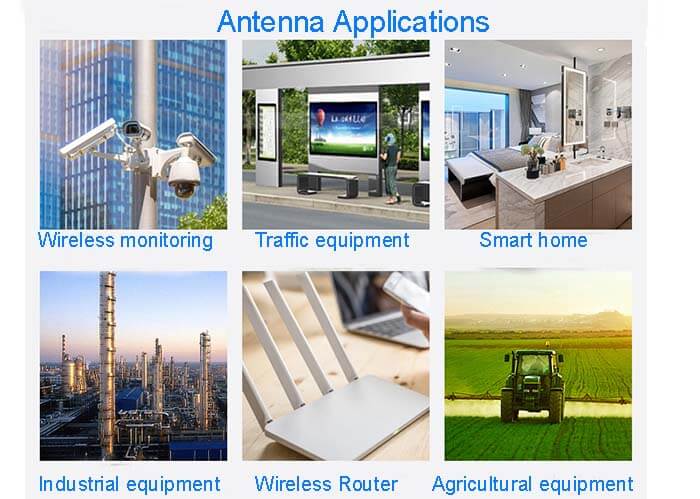

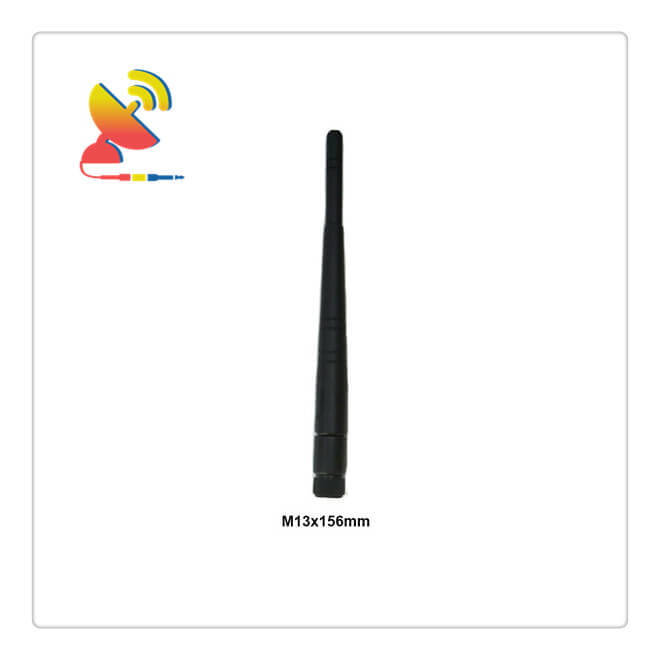
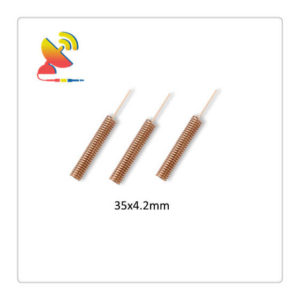
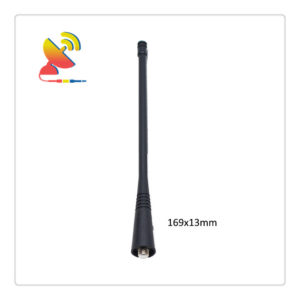
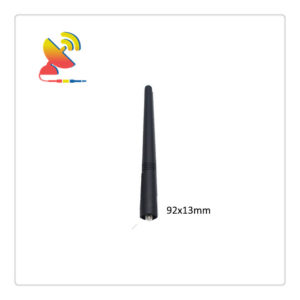
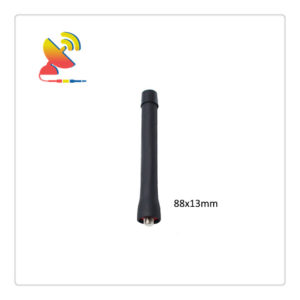
Reviews
There are no reviews yet.